What are the IUPAC names of the insecticide DDT and benzene hexachloride? Why is their use banned in India and other countries?
Step-by-Step Solution:
Step 1: Identify the IUPAC name of DDT.
- DDT stands for Dichloro-Diphenyl-Trichloroethane.
- To derive its IUPAC name, we need to analyze its structure. DDT consists of two phenyl groups (chlorinated benzene rings) attached to a central ethane chain that has three chlorine atoms attached to one of the carbons.
- The IUPAC name is derived as follows:
- The main chain is ethane (2 carbon atoms).
- There are two chlorophenyl groups attached at the second carbon.
- There are three chlorine atoms attached to the first carbon.
- Therefore, the IUPAC name of DDT is 2,2-bis(4-chlorophenyl)-1,1,1-trichloroethane.
Step 2: Identify the IUPAC name of Benzene Hexachloride (BHC).
- Benzene Hexachloride (BHC) consists of a cyclohexane ring with six chlorine atoms attached.
- To derive its IUPAC name:
- The structure is a six-membered ring (cyclohexane).
- Each carbon in the cyclohexane ring has a chlorine atom attached.
- Therefore, the IUPAC name of Benzene Hexachloride is 1,2,3,4,5,6-hexachlorocyclohexane.
Step 3: Explain why the use of DDT and BHC is banned in India and other countries.
- DDT: Although it is an effective insecticide, DDT is known to bioaccumulate in the fatty tissues of living organisms. This accumulation can lead to adverse health effects, particularly affecting the reproductive systems of both humans and wildlife. Due to its persistence in the environment and potential to cause harm, its use is banned.
- BHC: Benzene Hexachloride can cause acute poisoning in humans and is known to adversely affect liver function. The potential health risks associated with its use, along with its environmental impact, have led to its ban in several countries, including India.
Summary of the Answers:
- IUPAC Name of DDT: 2,2-bis(4-chlorophenyl)-1,1,1-trichloroethane
- IUPAC Name of BHC: 1,2,3,4,5,6-hexachlorocyclohexane
- Reason for Ban: Both DDT and BHC have significant health risks, including reproductive toxicity and acute poisoning, leading to their prohibition in many countries.
- To derive its IUPAC name, we need to analyze its structure. DDT consists of two phenyl groups (chlorinated benzene rings) attached to a central ethane chain that has three chlorine atoms attached to one of the carbons.
- The IUPAC name is derived as follows:
- The main chain is ethane (2 carbon atoms).
- There are two chlorophenyl groups attached at the second carbon.
- There are three chlorine atoms attached to the first carbon.
- Therefore, the IUPAC name of DDT is 2,2-bis(4-chlorophenyl)-1,1,1-trichloroethane.
- To derive its IUPAC name:
- The structure is a six-membered ring (cyclohexane).
- Each carbon in the cyclohexane ring has a chlorine atom attached.
- Therefore, the IUPAC name of Benzene Hexachloride is 1,2,3,4,5,6-hexachlorocyclohexane.
- BHC: Benzene Hexachloride can cause acute poisoning in humans and is known to adversely affect liver function. The potential health risks associated with its use, along with its environmental impact, have led to its ban in several countries, including India.
- IUPAC Name of DDT: 2,2-bis(4-chlorophenyl)-1,1,1-trichloroethane
- IUPAC Name of BHC: 1,2,3,4,5,6-hexachlorocyclohexane
- Reason for Ban: Both DDT and BHC have significant health risks, including reproductive toxicity and acute poisoning, leading to their prohibition in many countries.
Topper's Solved these Questions
- HALOALKANES AND HALOARENESBOOK - NCERT EXEMPLAR ENGLISHCHAPTER - HALOALKANES AND HALOARENESEXERCISE - Match Type Questions
6 Videos
- HALOALKANES AND HALOARENESBOOK - NCERT EXEMPLAR ENGLISHCHAPTER - HALOALKANES AND HALOARENESEXERCISE - Assertion & Reason
10 Videos
- HALOALKANES AND HALOARENESBOOK - NCERT EXEMPLAR ENGLISHCHAPTER - HALOALKANES AND HALOARENESEXERCISE - MCQs (More than one option)
12 Videos
- GENERAL PRINCIPLE AND PROCESSES OF ISOLATION OF ELEMENTS BOOK - NCERT EXEMPLAR ENGLISHCHAPTER - GENERAL PRINCIPLE AND PROCESSES OF ISOLATION OF ELEMENTS EXERCISE - Long Answer Type Questions
1 Videos
- P-BLOCK ELEMENTSBOOK - NCERT EXEMPLAR ENGLISHCHAPTER - P-BLOCK ELEMENTSEXERCISE - Long Answer Type Questions
3 Videos
Similar Questions
What is the IUPAC name of :
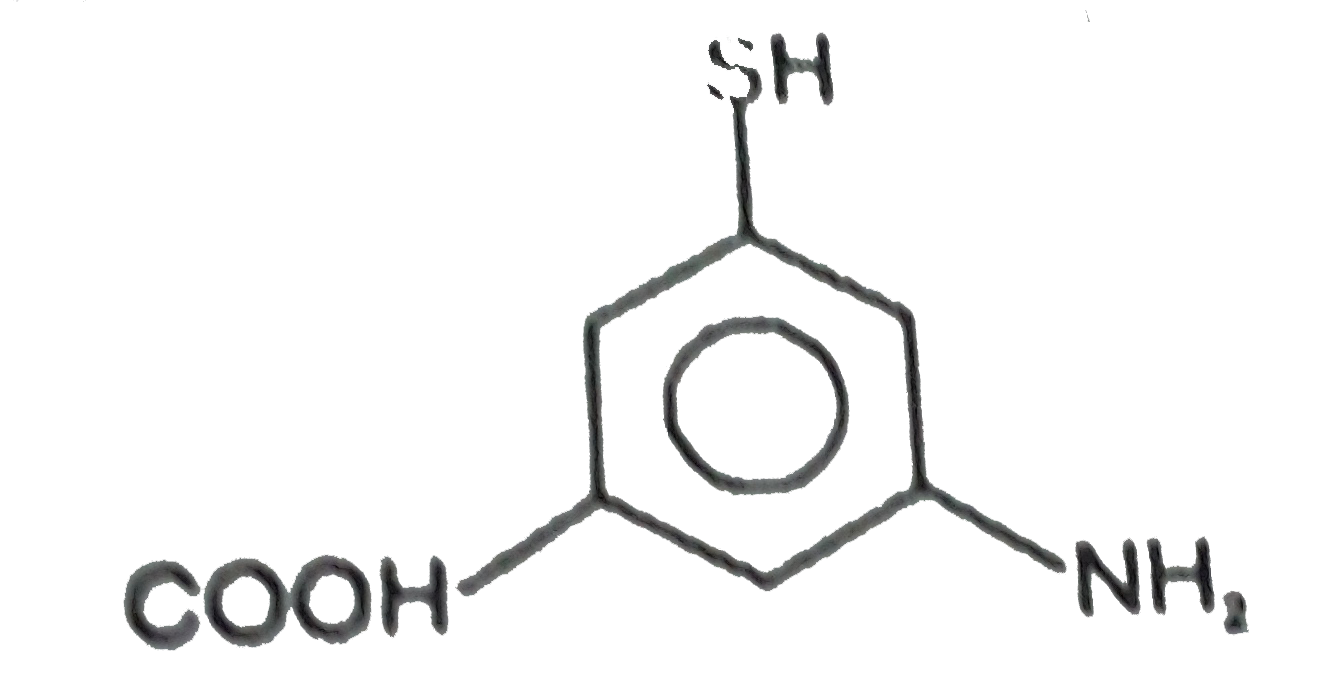
View SolutionWhat is the IUPAC name of
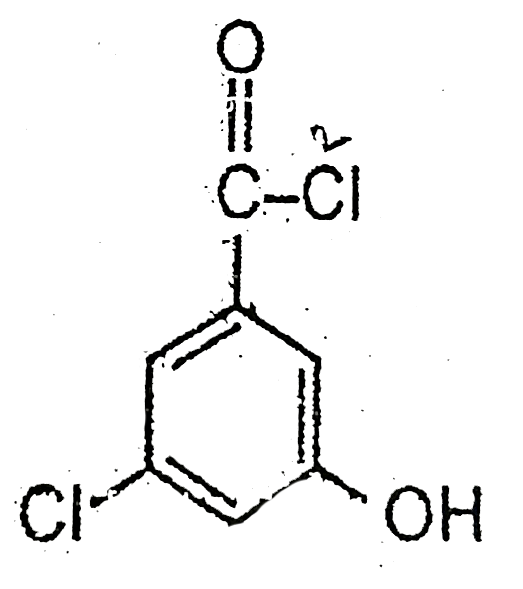
View SolutionWhat is the IUPAC name of
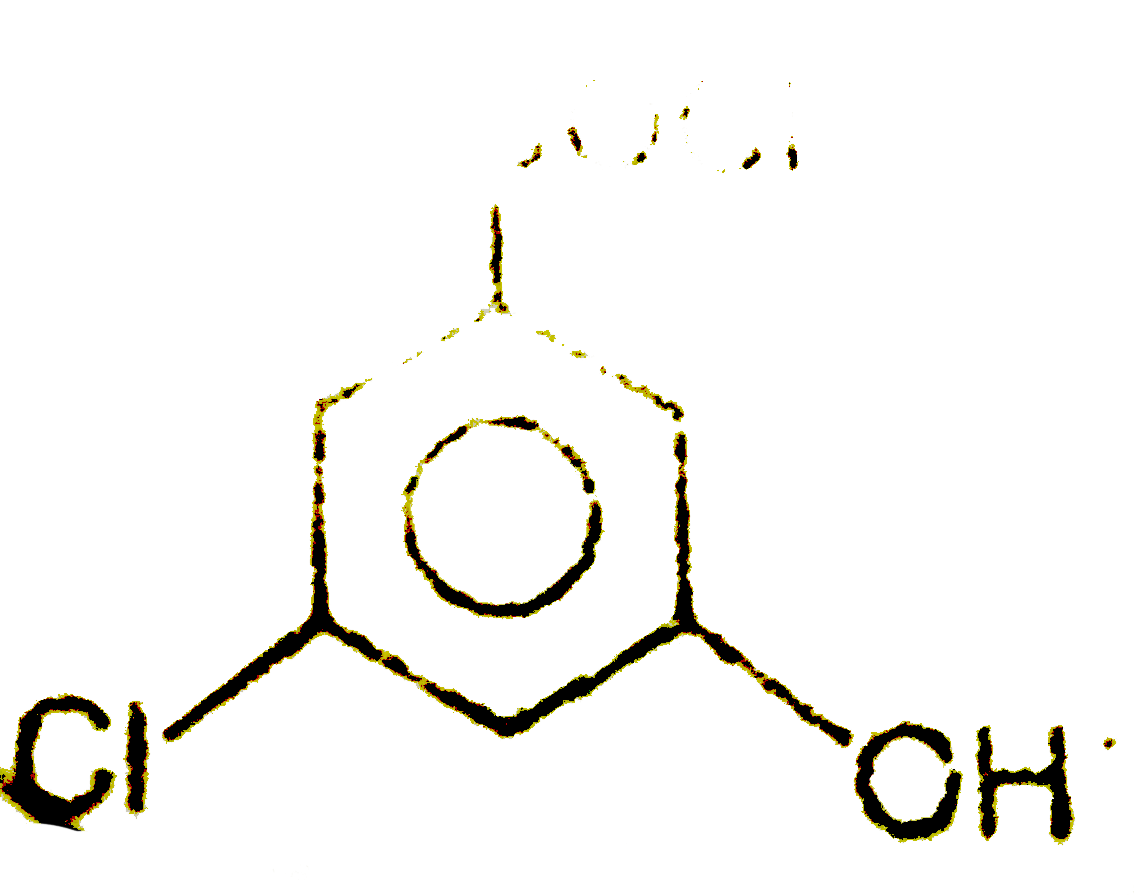
View SolutionWhat is the IUPAC name of compound is:

View SolutionWhat is IUPAC name of the following ?
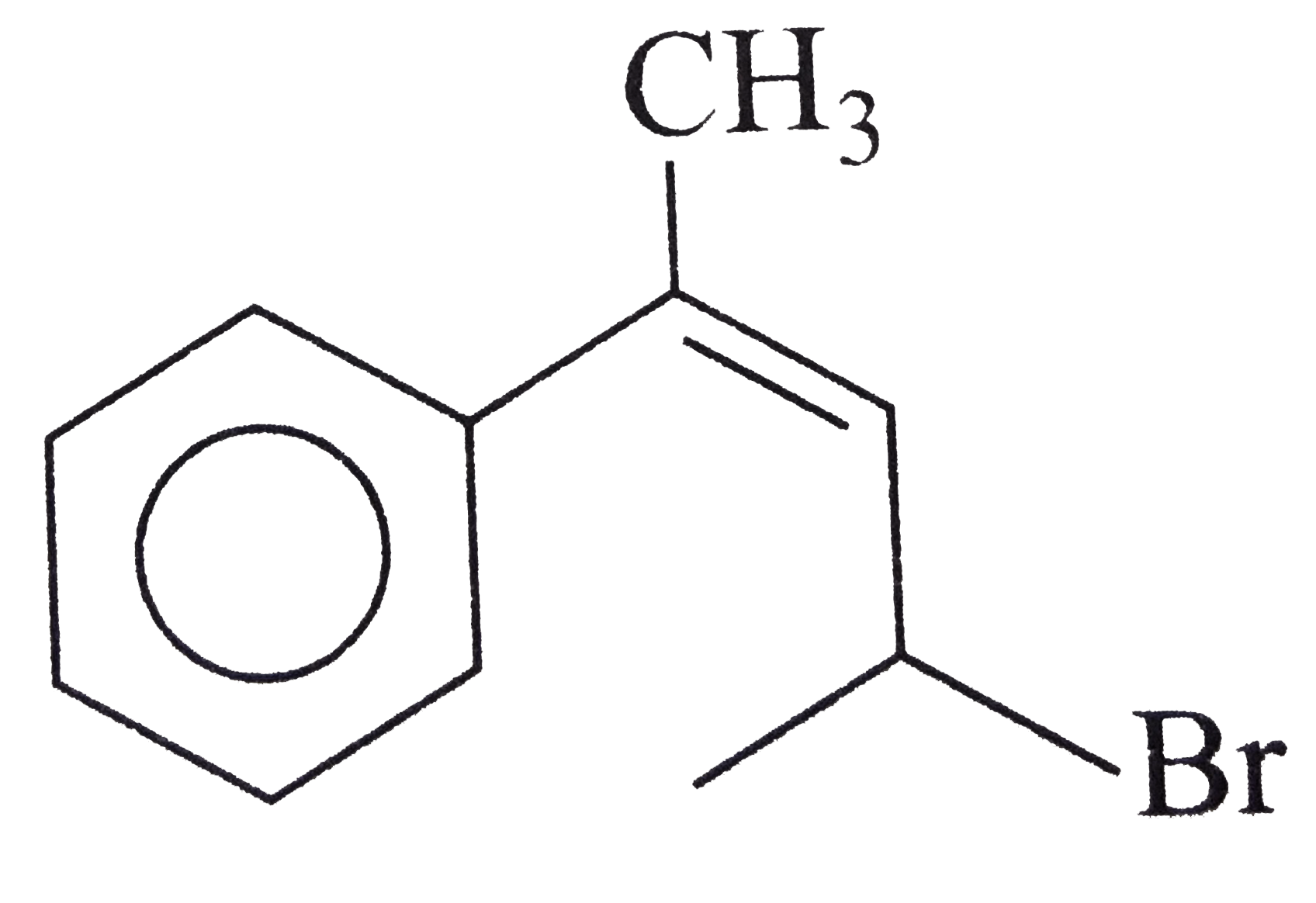
View SolutionWhat is the IUPAC name of the acid in vinegar?
View SolutionWhat is the correct IUPAC name of
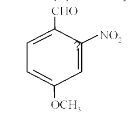 ?
?
View Solution
What is the IUPAC name of given compound ?
View SolutionWhat is the IUPAC name of the following compound ?
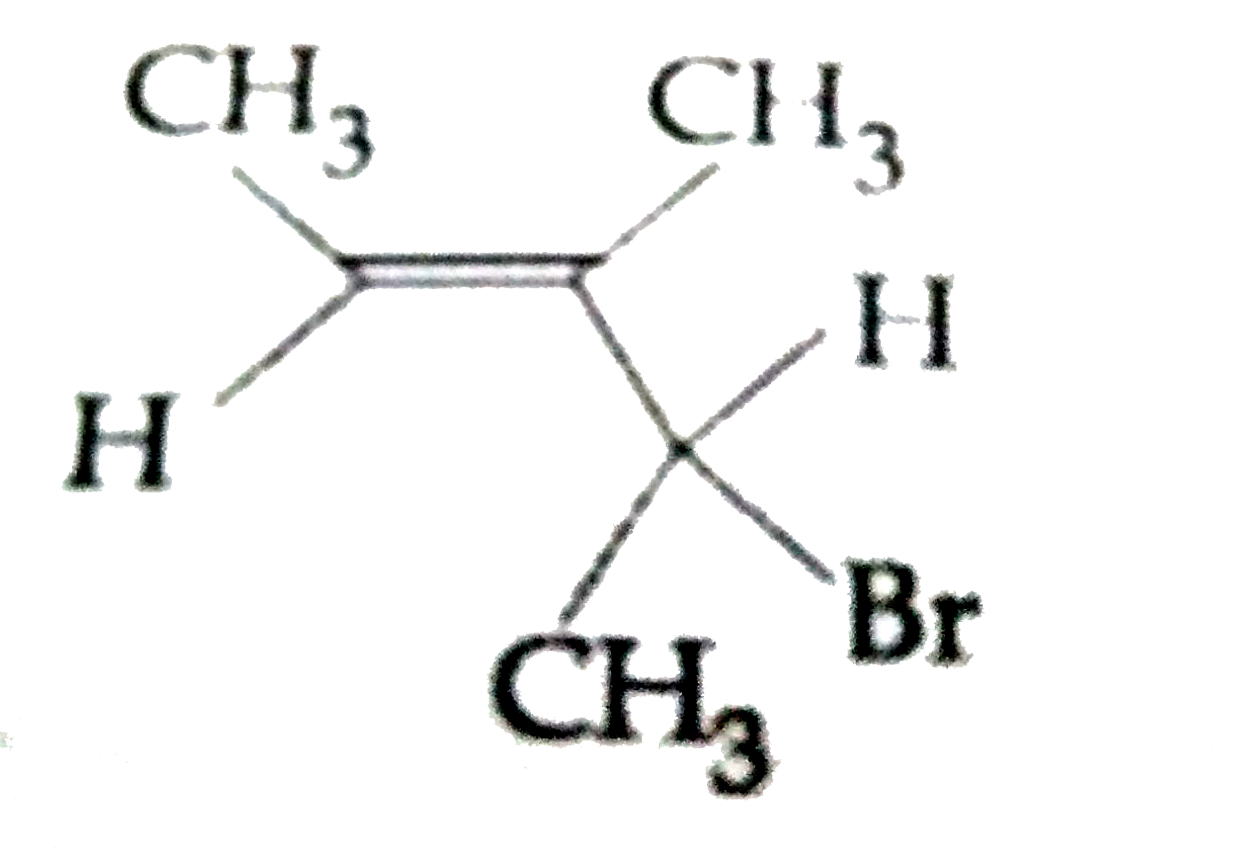
View SolutionWhat is the IUPAC name of the following compound ?

View Solution
